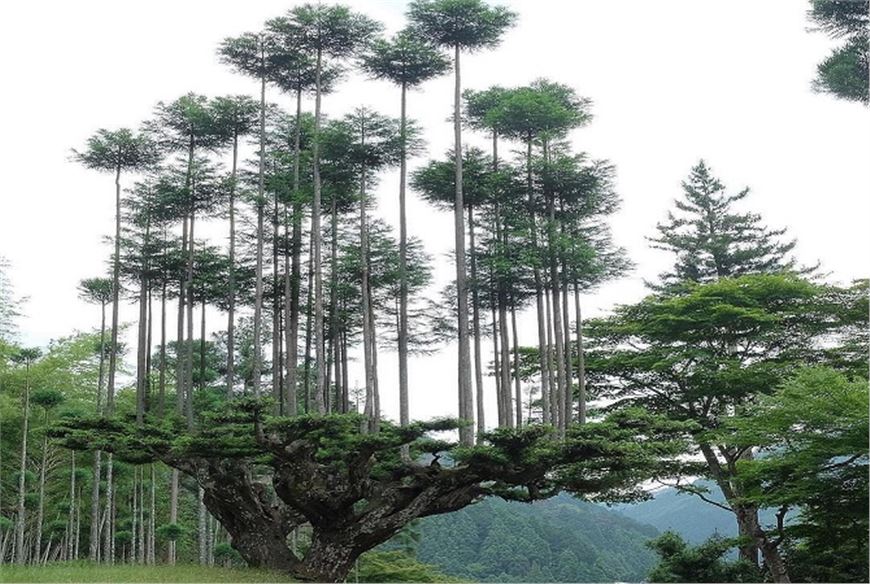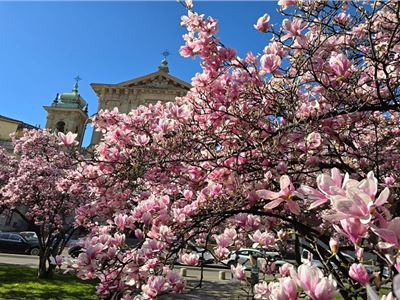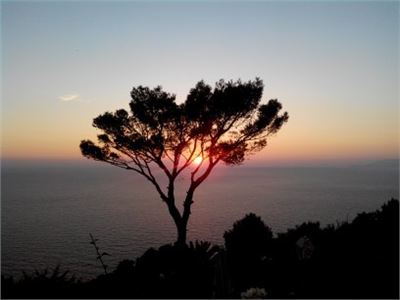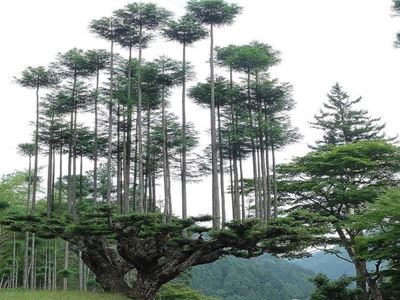Daisugi is an ancient Japanese forestry technique that marries the art of bonsai with sustainable forestry practices. Originating in the 15th century during the Muromachi period, daisugi was developed to address the need for high-quality timber, particularly for constructing traditional Japanese buildings, when deforestation was becoming a concern. This essay explores the historical background, process, benefits, and contemporary relevance of the daisugi technique.
The daisugi technique was pioneered in the Kitayama region of Kyoto, renowned for its dense forests and high-quality timber. The term "daisugi" literally translates to "platform cedar," reflecting the method's unique approach to tree cultivation. The technique was particularly favored by the sukiya-zukuri architectural style, which demanded straight, uniform, and aesthetically pleasing timber for constructing teahouses and other structures.
Daisugi involves a meticulous and labor-intensive process. At its core, the technique is a form of pollarding, where the main trunk of a cedar tree (Cryptomeria japonica) is pruned to encourage the growth of multiple shoots. These shoots grow straight and tall, resembling a cluster of perfectly vertical trees sprouting from a single trunk.
-
Initial Pruning: The process begins when the tree is still young. The main trunk is pruned down to create a flat platform, leaving only a few strategically chosen branches to continue growing.
-
Maintenance Pruning: Regular pruning is essential to ensure the shoots grow straight and free from defects. This is done every few years, meticulously removing unwanted branches and maintaining the desired shape.
-
Harvesting: After approximately 20 to 30 years, the shoots reach maturity and can be harvested. The harvested shoots are used as timber, while the main tree continues to produce new shoots, making daisugi a highly sustainable practice.
The daisugi technique offers numerous benefits, both environmental and economic.
-
Sustainability: By allowing the main tree to remain intact and continuously produce new shoots, daisugi significantly reduces the need to cut down entire trees. This method promotes sustainable forestry and helps in preserving forest ecosystems.
-
Quality of Timber: The timber produced through daisugi is of exceptional quality. The straight, uniform, and knot-free wood is highly valued for its aesthetic and structural properties. This makes it ideal for traditional Japanese architecture and modern construction alike.
-
Cultural Preservation: Daisugi is not just a forestry technique but also a cultural heritage. It reflects the Japanese values of harmony with nature, meticulous craftsmanship, and sustainability. The continued practice of daisugi helps preserve these cultural traditions for future generations.
In today's context, where sustainable practices are increasingly crucial, daisugi offers valuable insights and techniques that can be applied to modern forestry and agriculture. The principles of minimizing waste, enhancing productivity, and maintaining ecological balance resonate strongly with contemporary environmental goals. Furthermore, daisugi timber continues to be sought after for its superior quality. Architects and designers worldwide recognize its potential not only for traditional uses but also for innovative and sustainable design solutions.
The daisugi technique is a testament to ancient Japanese foresters' ingenuity and foresight. By merging bonsai's aesthetics with practicality in sustainable forestry, daisugi has created a unique and enduring method of timber production. Its relevance extends beyond its historical origins, offering lessons in sustainability and quality that are increasingly important today. As we balance human needs with environmental stewardship, the daisugi technique explains how traditional practices can contribute to contemporary solutions.
- Tags:
- Categories: Healthy Living










































